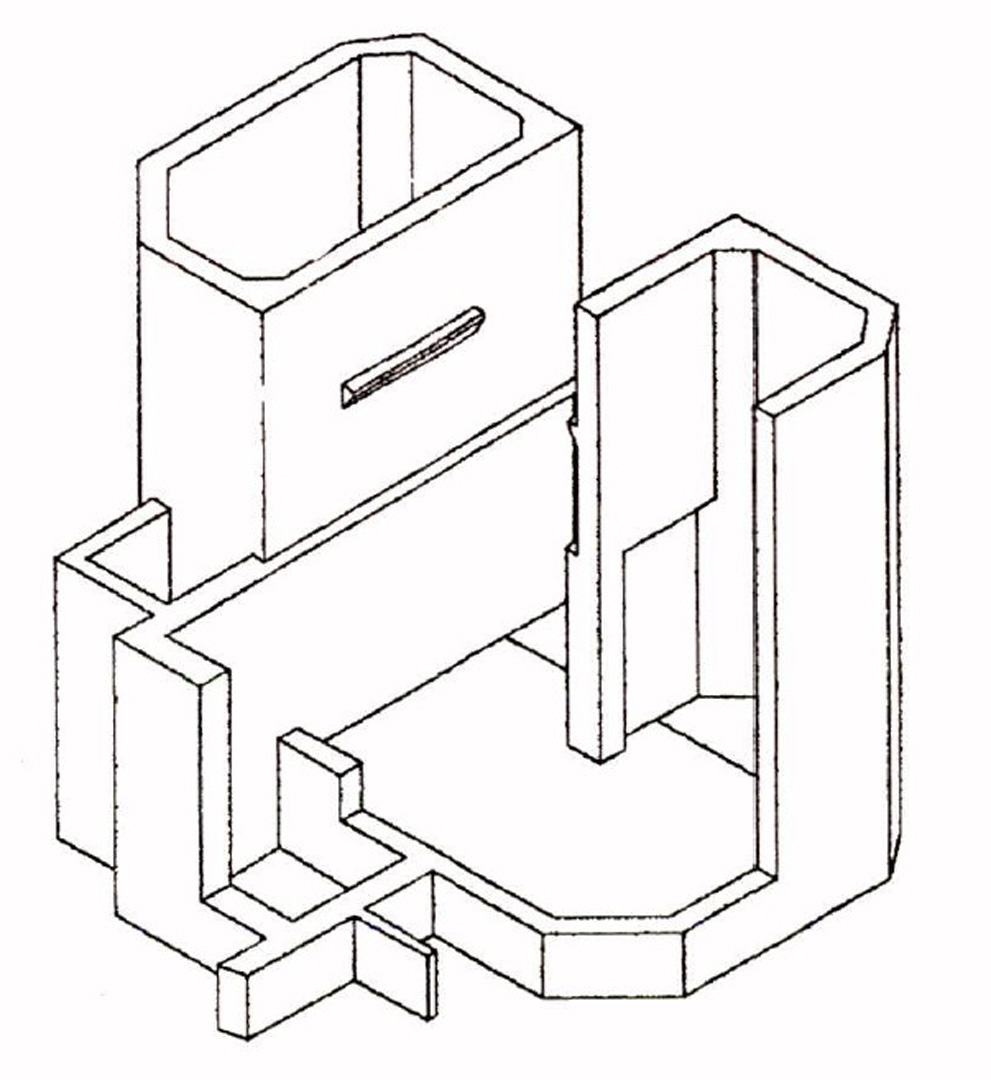“The development of three-dimensional spatial modeling techniques for the construction planning of nuclear power plants” by Borkin, McIntosh and Turner
Conference:
Type(s):
Title:
- The development of three-dimensional spatial modeling techniques for the construction planning of nuclear power plants
Presenter(s)/Author(s):
Abstract:
The results are presented of the first phase of a research project on the application of spatial modeling techniques to the process of planning and executing the construction of a nuclear power plant. A computer modeling technique, based on sets of polyhedra and spatial operations, was developed and applied to modeling the components of a nuclear power plant. The objectives of the modeling are: to store and retrieve information about the various systems in the facility; to produce drawings of those systems from any angle in differing amounts of detail; to aid in the search for interference among the parts of the plant by identifying those elements that occupy the same space or are too close to each other; to calculate information such as surface area, length, and volume of selected elements of the plant; and to aid in finding the optimum construction sequence by simulated construction of selected areas of the plant. Computer techniques are described for inputting information by digitizing directly from engineering drawings, for editing the spatial model, for management of the spatial and non-spatial data, and for graphic output from the model. The software is implemented on the University’s central time-sharing computer system and on a mini-computer system in the Architectural Research Laboratory.
References:
1. Hoskins, E.M., “OXSYS: An Integrated Computer-Aided Building System for the Oxford Method”, Proceedings of the International Conference on Computers in Architecture, 1972.
2. Borkin, H.J., Turner. J. A., Architectural Computer Graphics System Users Manual, Architectural Research Laboratory, The University of Michigan, Ann Arbor, Michigan, 1975.
3. Childs, D.L., “Extended Set Theory”, Third International Conference on Very Large Data Bases, Tokyo, Japan, 1977.
4. Braid, I., Design with Volumes, Computer-Aided Design Group, University of Cambridge Computer Laboratory, England, 1972.
5. Baumgart, B.G., “Winged-Edge Polyhedron Representation”, Standford Artificial Intelligence Project Report No. CS-320, 1972.
6. Fastman, C., “General Purpose Building Description System”, Computer Aided Design, 8:1, pp. 17-16, January 1976.
7. Turner, J.A., An Efficient Algorithm for Doing Set-Operations on Two- and Three-Dimensional Spatial Objects, unpublished paper, Architectural Research Laboratory, The University of Michigan, Ann, Arbor, Michigan, 1978.
8. Turner, J.A., Three-Dimensional Polyhderon on Set Routines Programmers Manual, Architectural Research Laboratory, The University of Michgan, Ann Arbor, Michigan, 1977.
9. Turner, J.A., Two-Dimensional Polygon Routines Programmers Manual, Architectural Research Laboratory, The University of Michigan, Ann Arbor, Michigan, 1976.
10. McIntosh, J.F., doctoral dissertation work in progress, The University of Michigan, Ann Arbor, Michigan.
11. Date, C.J., An Introduction to Database Systems, Addison-Wesley, Reading, Mass., 1975.




